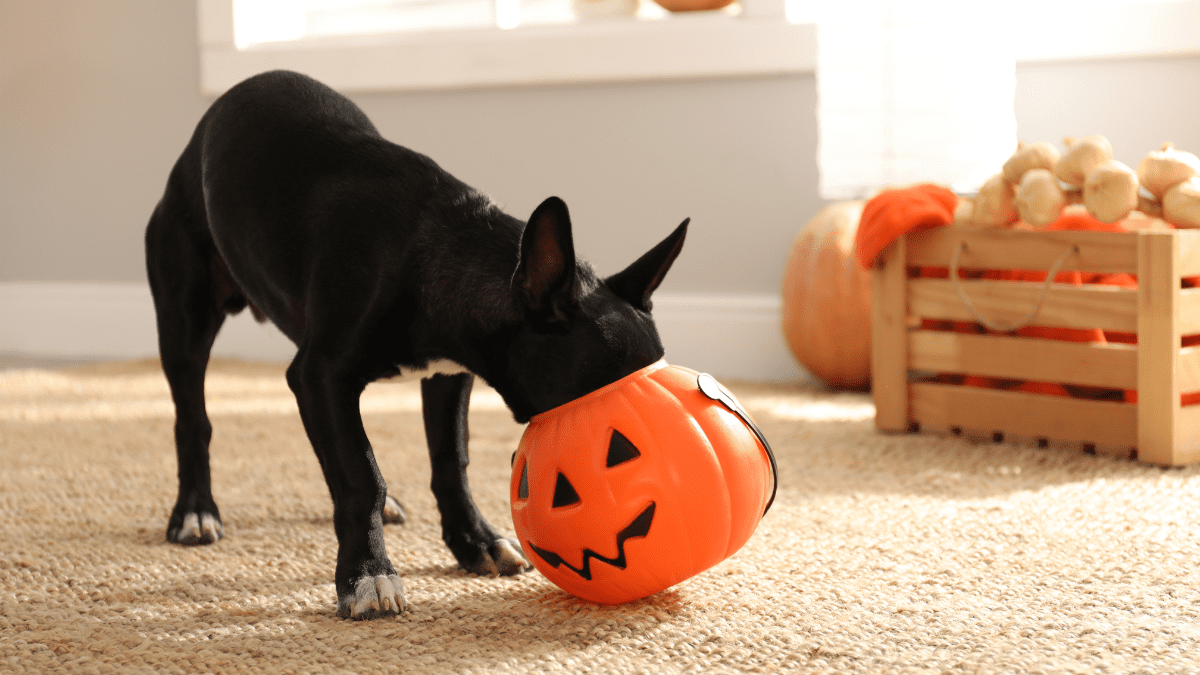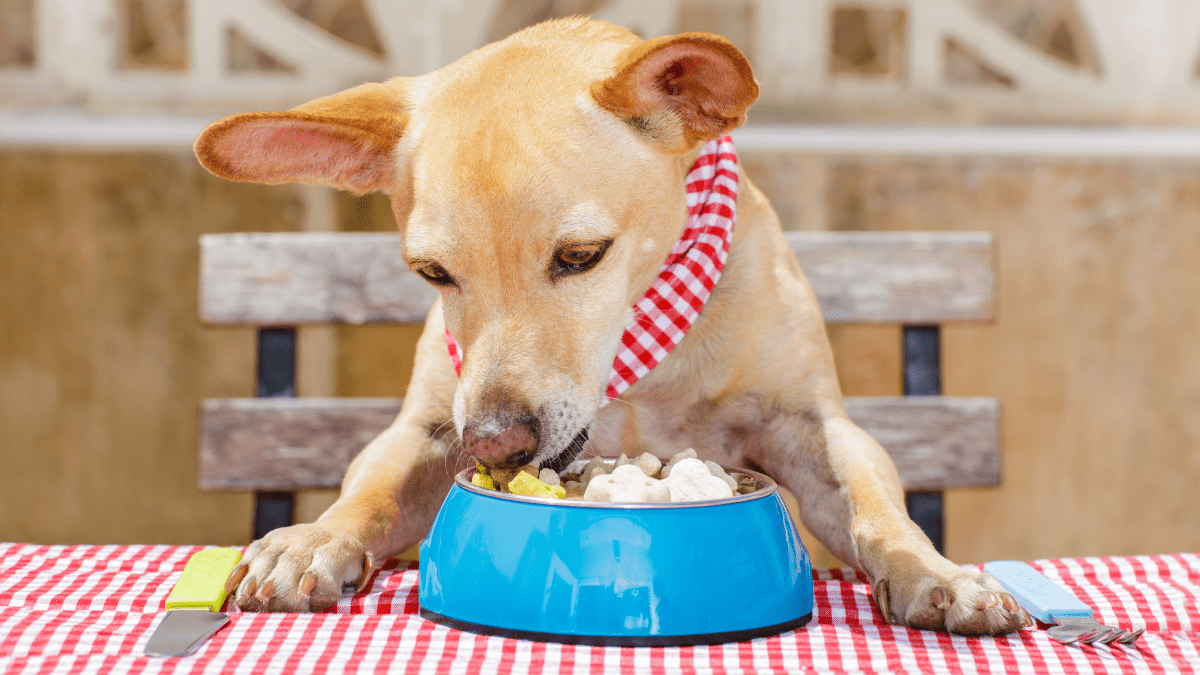For a dog parent, the spookiest sight of them all is their pup with half-chewed Halloween candy wrappers.
Halloween is here and it’s time for Pet Poison Helpline to get busy. This time of the year, around 12% of calls they receive are about pets ingesting chocolate, which could be a deadly situation. That’s not the only problem, though. The sugar and fat content in candies can also affect your pup’s health. Sugar-free candies aren’t safe either as they contain xylitol, a substitute to sugar that’s toxic to canines. Still, remember that once your dog gets into chocolate, it’s not over yet. There are steps to take so you can determine the right treatment, depending on the amount of chocolate consumed.
When you see those torn-up wrappers, piecing together what your dog ate could be the first step in getting them the right care. In chocolates, theobromine is one of the compounds that’s toxic to dogs. The challenge here is that chocolates have varying amounts of theobromine. So when you suspect that your dog has eaten chocolates with the high theobromine content, the quickest route to safety is to your vet’s clinic.
Here’s how dangerous each chocolate type is based on theobromine content:
- White chocolate – Contains 1 mg of theobromine with sugar and fat that could upset your pup’s stomach.
- Milk chocolate – Contains roughly 64 mg of theobromine per ounce; small dogs are at risk when ingested tiny amounts of this chocolate.
- Dark chocolate – Contains approximately 160 mg of theobromine per ounce, and a small amount could be harmful to dogs.
- Baking chocolate and cocoa powder – The most dangerous with 450 mg of theobromine per ounce. The same level has been found in cocoa powder, making them a deadly combination for dogs, regardless of their size.
To help your vet find the right treatments for poisoning, try to estimate the risk of the amount of theobromine ingested. Generally, around 20mg of theobromine per kilogram of body weight can present mild symptoms in dogs. This could also be converted to 9 mg per pound. Meanwhile, severe symptoms could appear with 40-50 mg of theobromine per kilogram or 18-23 mg per pound.
Symptoms of Chocolate Poisoning in Dogs
In cases when your dog has eaten chocolate out of your sight or you can’t calculate the amount of theobromine ingested, it helps to know the symptoms of potential chocolate poisoning in dogs. Here are some of the signs to watch out for:
- Restlessness
- Diarrhea and vomiting
- Increased heart rate
- Excessive thirst
- In severe cases, there might be seizures
Symptoms may appear within 6 to 12 hours from the time of ingestion. However, they might appear sooner if your dog happened to eat chocolates with high levels of theobromine. Additionally, watch out for candies with nuts and caramel as they can present a choking hazard and trigger gastrointestinal issues in your dog.
RELATED: AI Accurately Detects Heart Issues in Dogs Before They Become Serious
Preventive Care for Your Pooch This Halloween
Halloween is supposed to be fun for everyone, and you can make that happen for you and your pup by having some preventative measures in place. After all, chocolate poisoning is easy to avoid. If you have kids going trick-or-treating, explain why they shouldn’t share any candy with your family dog. If you’re handing out some candy to other kids, place your candy bowls in areas your pup couldn’t reach. It also helps to secure the trash so your dog won’t get curious and get into it. Additionally, give your dog enough exercise and a delicious meal. When they feel content, they won’t go around sniffing and eating chocolates as treats.
RELATED: A Final Goodbye Turns Into a Miracle as Senior Dog Revives
From The Club
If you think about it, a little bit of candy can do so much damage to our dogs’ health. It’s terrifying, but don’t let it get the best of you. As they say, prevention is better than cure. So before you welcome trick-or-treating kids or bring out your own candy bowls, make sure you have a safe place to store the candies. Responsible pet ownership also means having the number of the nearest vet clinic in your phone as this could help you promptly address any emergency that might come up.



